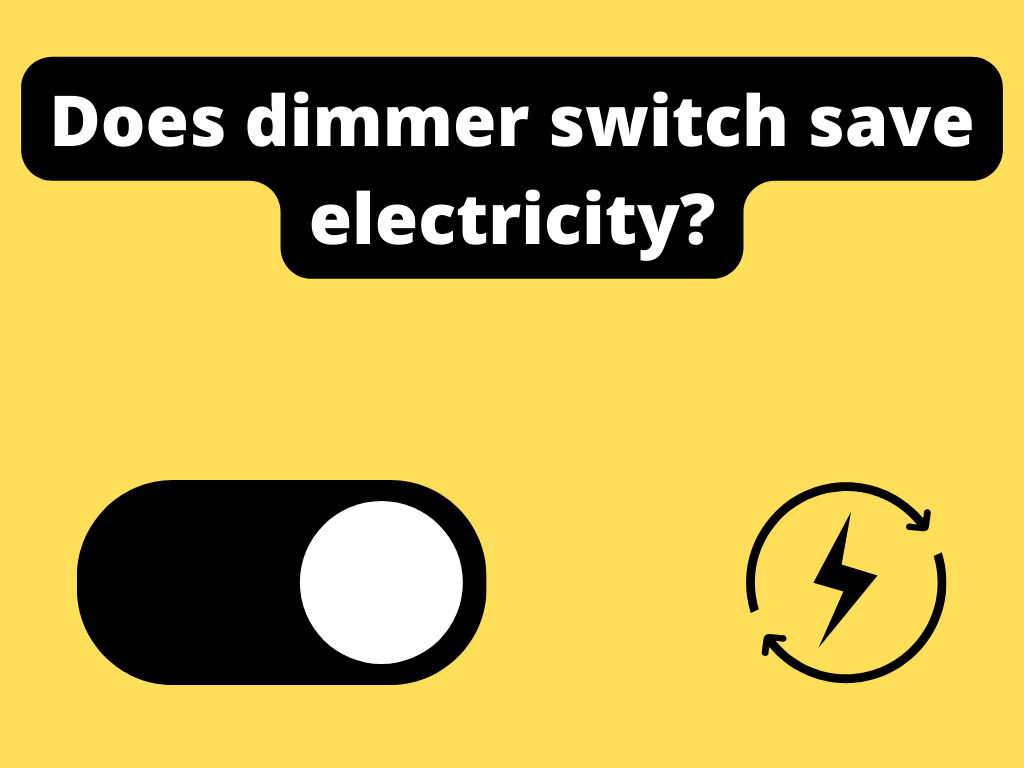Dimmer switches are a popular way to save electricity, but how do they actually work? In short, dimmer switches use circuitry to rapidly turn the electricity to the lights completely on or off. The switching rate determines the brightness. As such, dimmer switches save energy by reducing the amount of time that the electricity is turned on.
Older dimmer switches did not provide as much energy savings as newer models
The original LED dimmer switches didn’t conserve energy when the light was set to lower levels. Instead, they turned the unneeded electricity into heat. So although the room was darker, we weren’t saving any power.
Triac dimmers can save energy
The most familiar dimmer switch to people is the one that can be bought at a local home improvement store. It’s called a “Triac” Dimmer Switch, and it functions by cutting power up to 120 times per second; so quickly that the human eye cannot detect it. However, this technology only works for smaller household bulbs.
A 0-10v dimmer is used for warehouses, manufacturing plants, or any other type of outdoor fixture that needs to be dimmed.
What is 0-10v Dimming?
A 0-10V dimmer is easy to understand. To put it simply, when the dimmer switch sends a low voltage 10v signal to the light, that means the light should be 100% on. When it’s 5v, then it should be 50% on, and so forth. The dimmer gradually increases or decreases voltages in 1v increments from 0 all the way up to 10 volts.
What is the Difference Between 0-10V and 1-10V Dimming?
0-10v dimming used to mean that the light would turn off when a 0v signal was sent. However, for safety reasons, some LED dimmers actually operate on 1-10v. Consequently, the light can only be dimmed down to 10%, which provides a safe lighting area where there is always some light but it is reduced by 90%.
1-10V dimmable drivers are most compatible with motion sensors. Essentially, when the sensor detects movement, it sends a 10v signal to the light bulb, resulting in the light turning on at full brightness. If no movement is detected for a period of time, it’ll send a 1v signal to tell the light bulb to dim down to only 10%.
Conclusion:
Dimmer switches can save electricity by reducing the amount of time that the electricity is turned on, but older dimmer switches did not provide as much energy savings as newer models. The most common dimmer switch is a Triac dimmer and it works by cutting power up to 120 times per second. Overall, dimmer switches can be an effective way to save electricity in the right setting.

